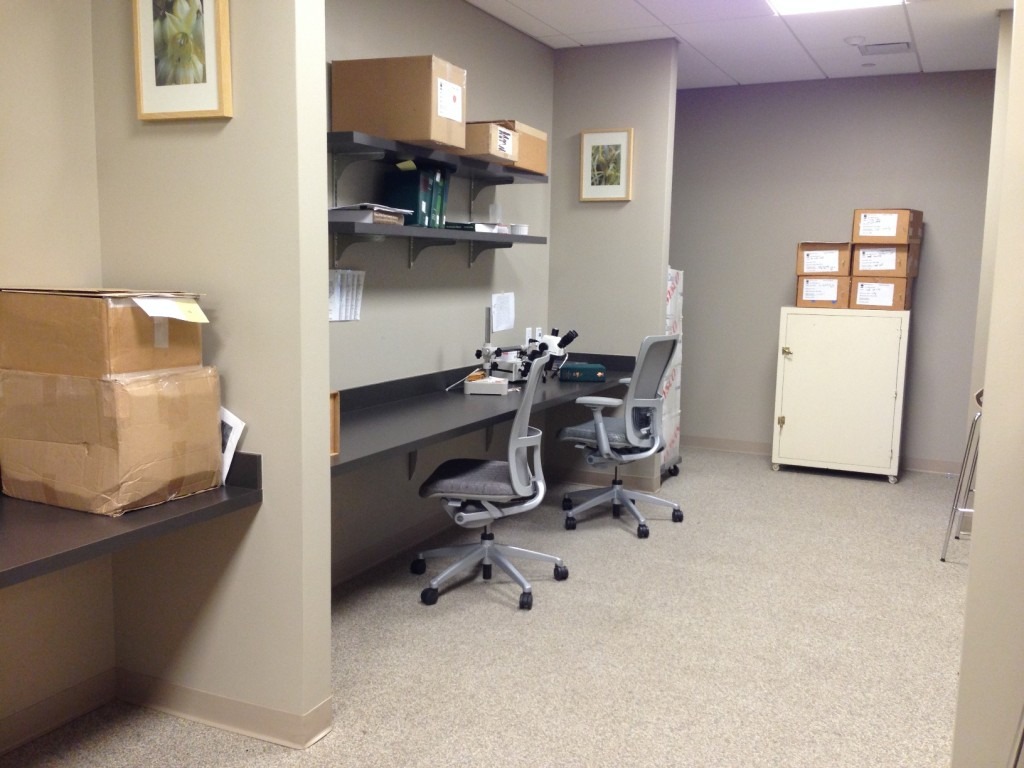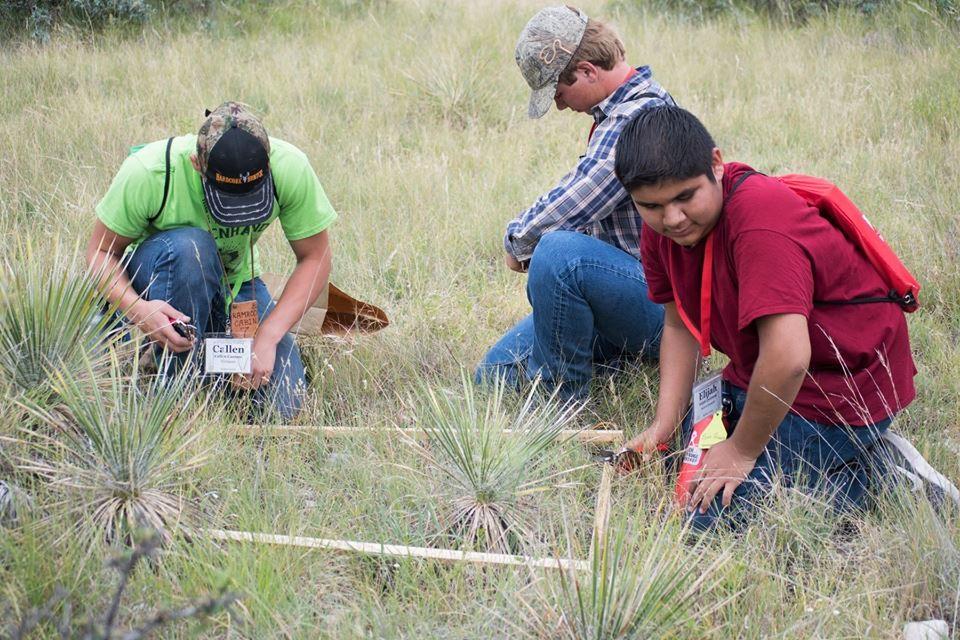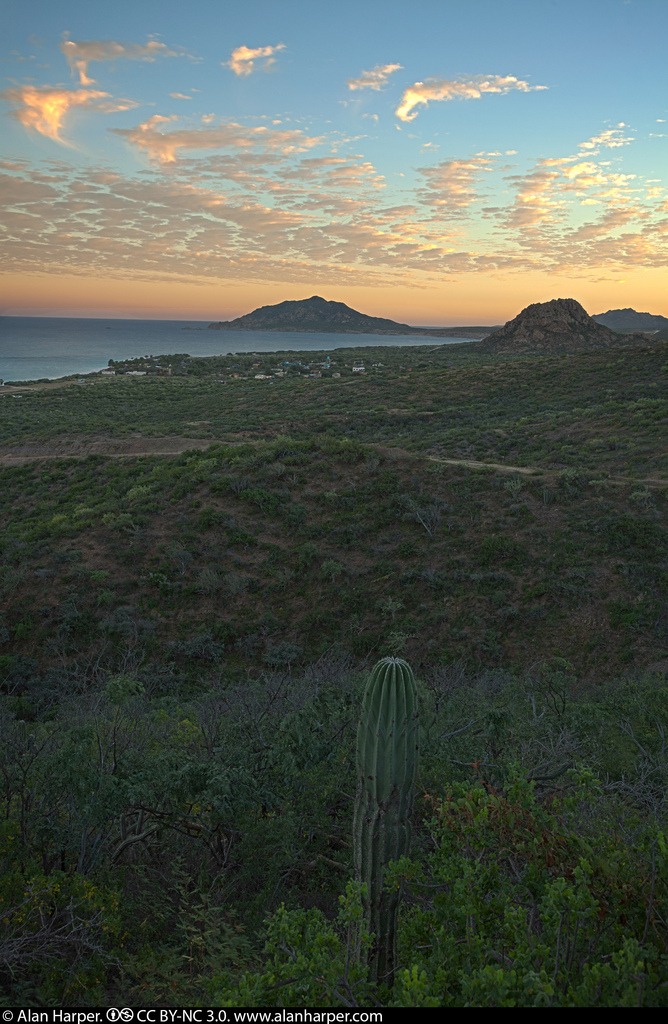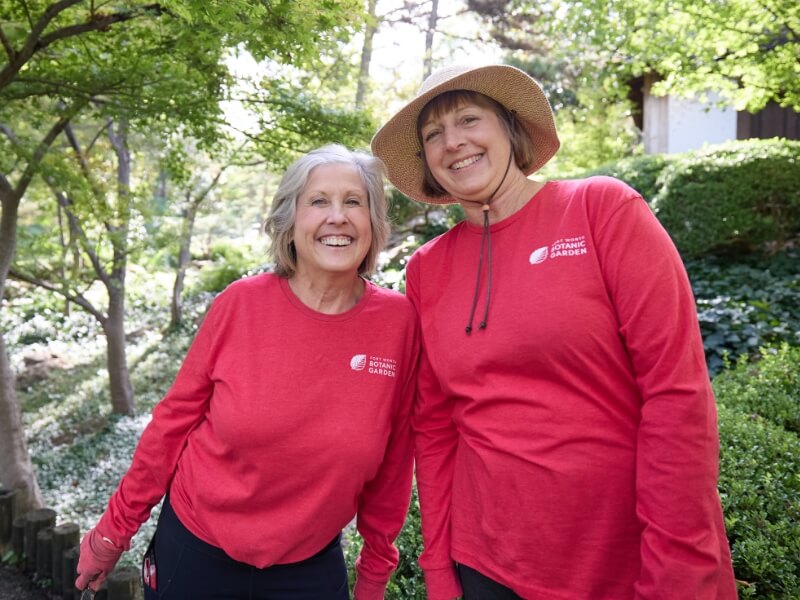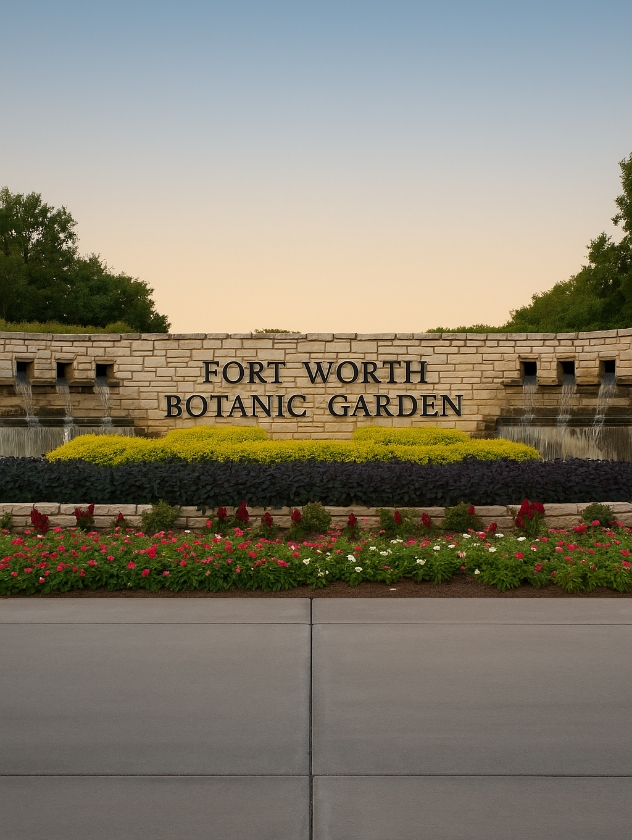What Is This Thing? Oenothera triloba fruit
“What is this thing???”
We often hear this question from friends and family in relation to natural “treasures” found in the landscape. Sticks, leaves, flowers, fruit, fungi, lichens, moss. You name it, somebody has likely brought it to BRIT for identification at some point (or emailed us a photo).
The object below was brought in recently by a Fort Worth resident. Roughly the size and shape of a pine cone, this is actually an aggregation of many fruits (capsules) from a plant called stemless evening-primrose (Oenothera triloba). A winter annual, this native wildflower comes up in disturbed places (and often lawns) at the end of the year, overwinters as a rosette, then produces yellow flowers in the spring. Flowers arise from the base of the plant, meaning fruit eventually develop at the base as well. As the soft green parts of the plant die away, these tough bunches of fruit are left behind at ground-level. (And I do mean tough, so watch your step!)


Despite being super cool and super weird, there’s not much information available on the web about these fruits. Though the species itself is widely distributed across the eastern-to-southeastern part of the country, that distribution is patchy, and the plant is uncommon throughout its range. It’s even considered threatened in Kentucky and extirpated (locally extinct) in Indiana. All the more reason to carefully document those occasions when we DO spot it in our local landscapes!
Excerpt from Shinners & Mahler’s Illustrated Flora of North Central Texas (1999):
Oenothera triloba Nutt., (three-lobed), STEMLESS EVENING-PRIMROSE, THREE-LOBED-PRIMROSE. Nearly stemless winter annual with numerous basal rosette leaves varying from entire to deeply lobed; flowers opening near sunset; hypanthium 2–10 cm long; sepals 1–1.8 cm long; petals pale yellow; capsules obpyramidal, 1–2 cm long, 4-winged apically, borne at base of plant. Grassy areas, disturbed soils, lawn weed; Blackland Prairie w to Rolling Plains and s to Edwards Plateau. Mar–Apr.


Links to more info on the species…
- Information from the Ladybird Johnson Wildflower Center: https://www.wildflower.org/plants/result.php?id_plant=oetr2
- Distribution in the US: https://plants.usda.gov/core/profile?symbol=oetr2
- Wikipedia: https://en.wikipedia.org/wiki/Oenothera_triloba
- iNaturalist: https://www.inaturalist.org/taxa/165820-Oenothera-triloba
- Ethnobotany: http://naeb.brit.org/uses/search/?string=oenothera+triloba
So keep bringing us your weird and wonderful treasures! We’ll do our best to turn them into teaching moments that benefit us all. Happy botanizing!
References:
- Britton, NL & A Brown. 1913. An illustrated flora of the northern United States, Canada and the British Possessions. 3 vols. Charles Scribner’s Sons, New York, USA. Vol. 2:604.
- Correll, DS & MC Johnston. 1970. Manual of the Vascular Plants of Texas. Texas Research Foundation, Renner, Texas, USA.
- Diggs,GM, Jr, BL Lipscomb, & RJ O’Kennon. 1999. Shinners and Mahler’s Illustrated Flora of North Central Texas. Sida, Bot. Misc. 16. Botanical Research Institute of Texas Press, Fort Worth, Texas, USA.
- USDA, NRCS. 2018. The PLANTS Database (http://plants.usda.gov, 23 February 2018). National Plant Data Team, Greensboro, NC 27401-4901 USA.
